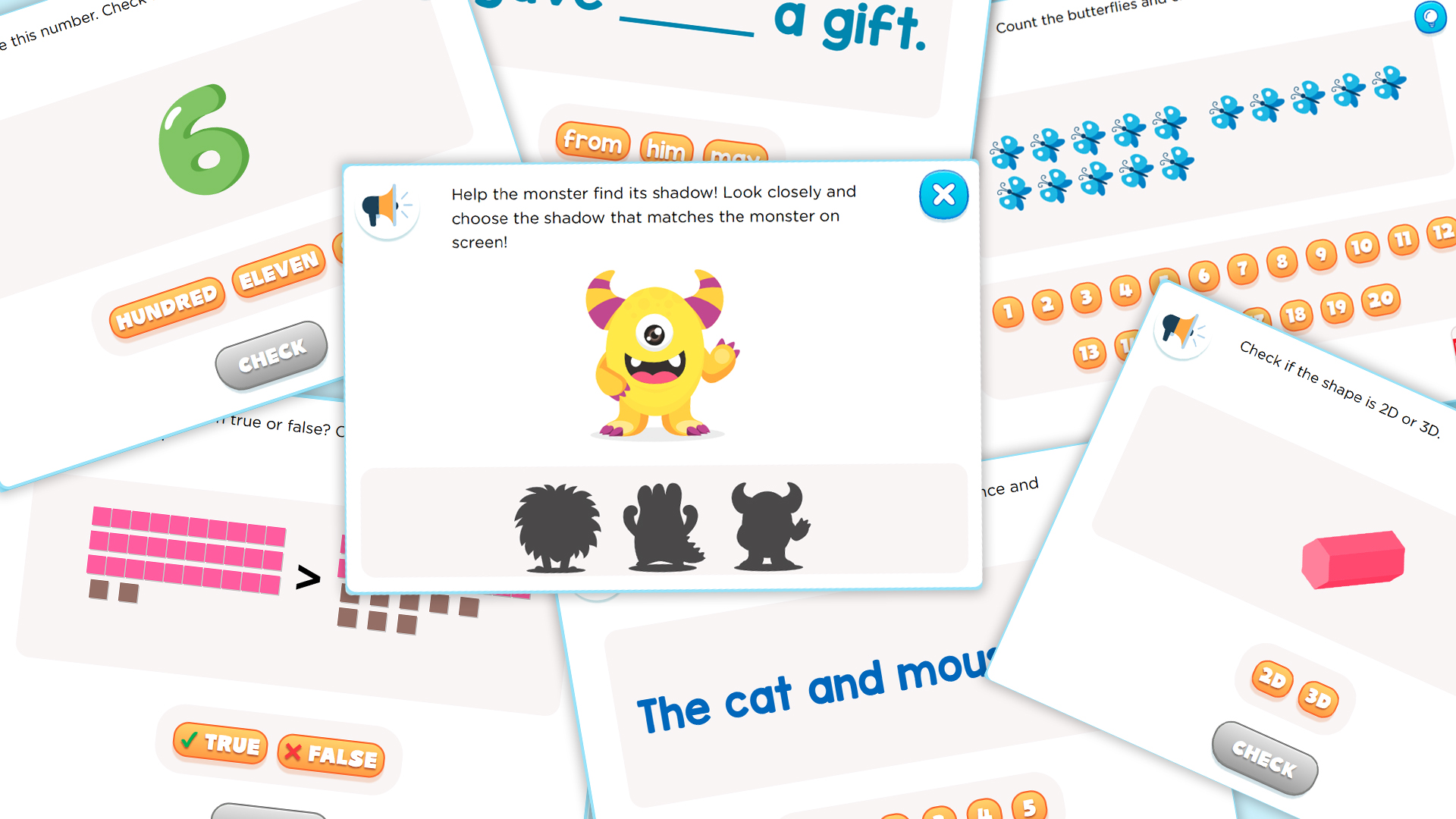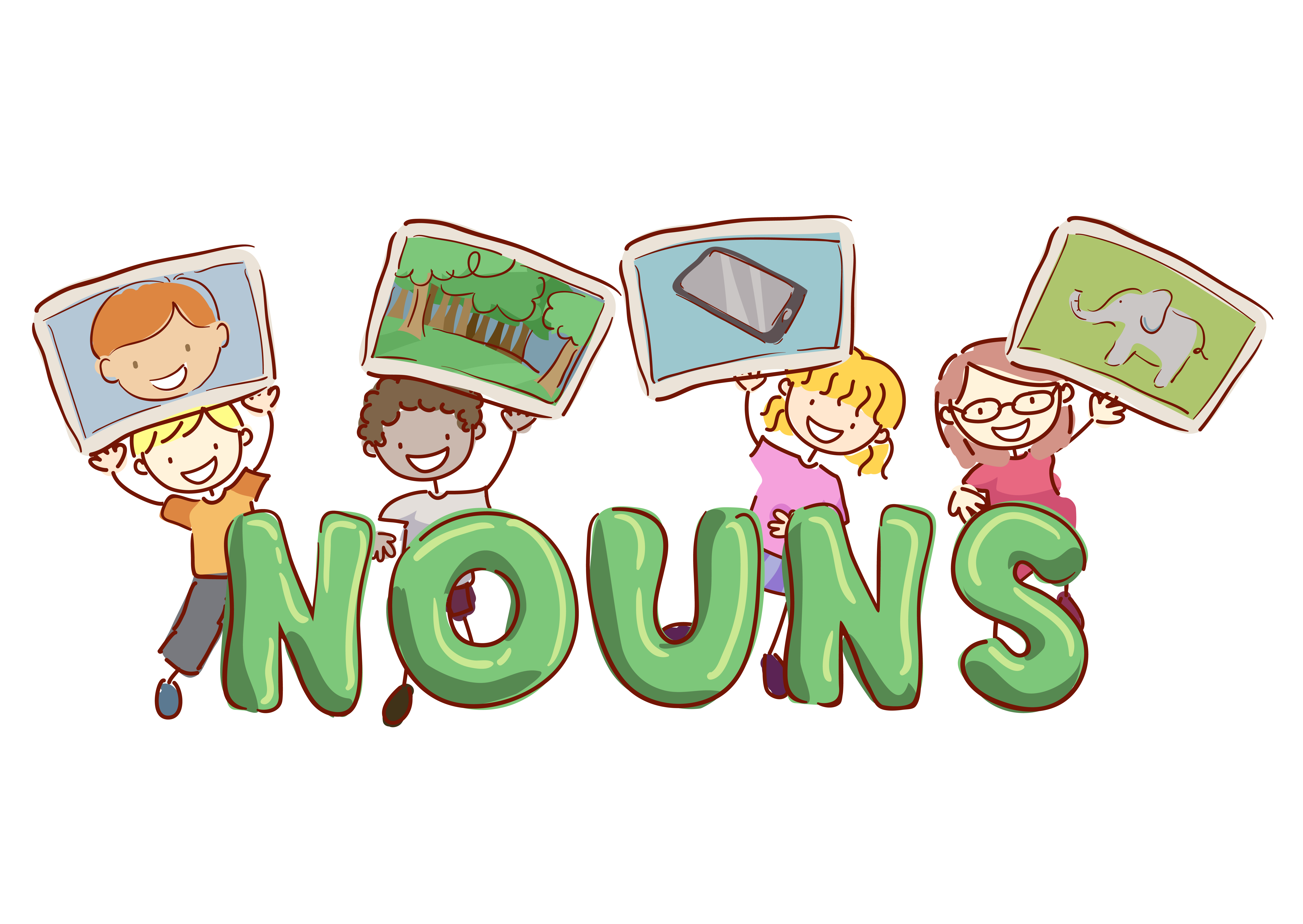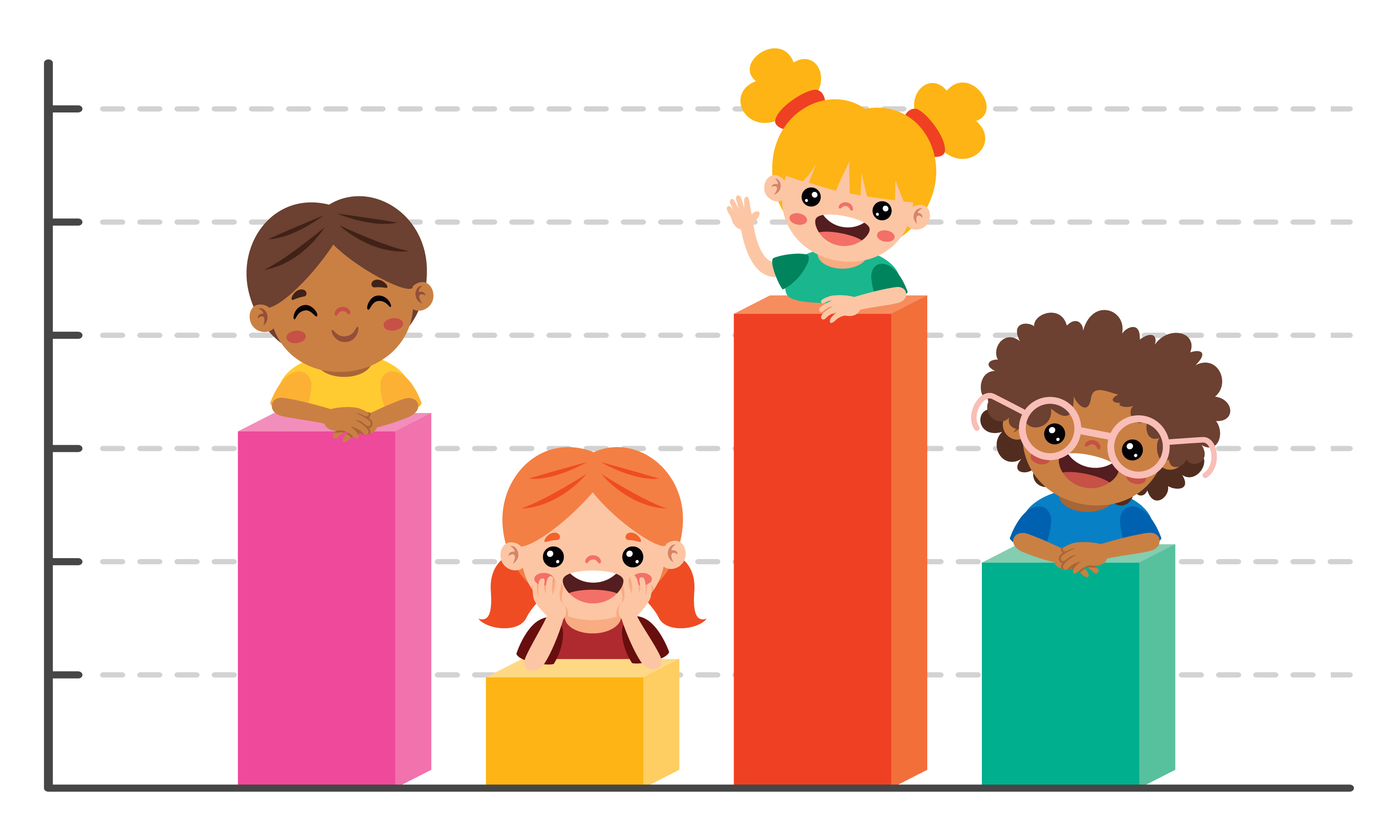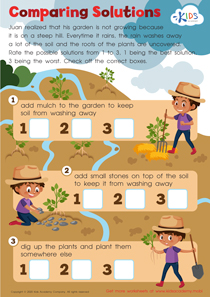Tracing Worksheets Activities With Answers for Ages 5-9
159 filtered results
-
From - To
Discover our engaging Tracing Worksheets Activities designed for children aged 5-9, perfect for honing fine motor skills and handwriting. Each worksheet features fun and colorful illustrations, making practice enjoyable and effective. Our collection includes various tracing exercises, from letters and numbers to shapes and words, providing a comprehensive way to enhance early learning. With convenient answer keys included, parents and educators can easily assess progress and encourage improvement. These printable worksheets support cognitive development while keeping learning entertaining. Download now to inspire creativity and build confidence in young learners as they trace their way to success!
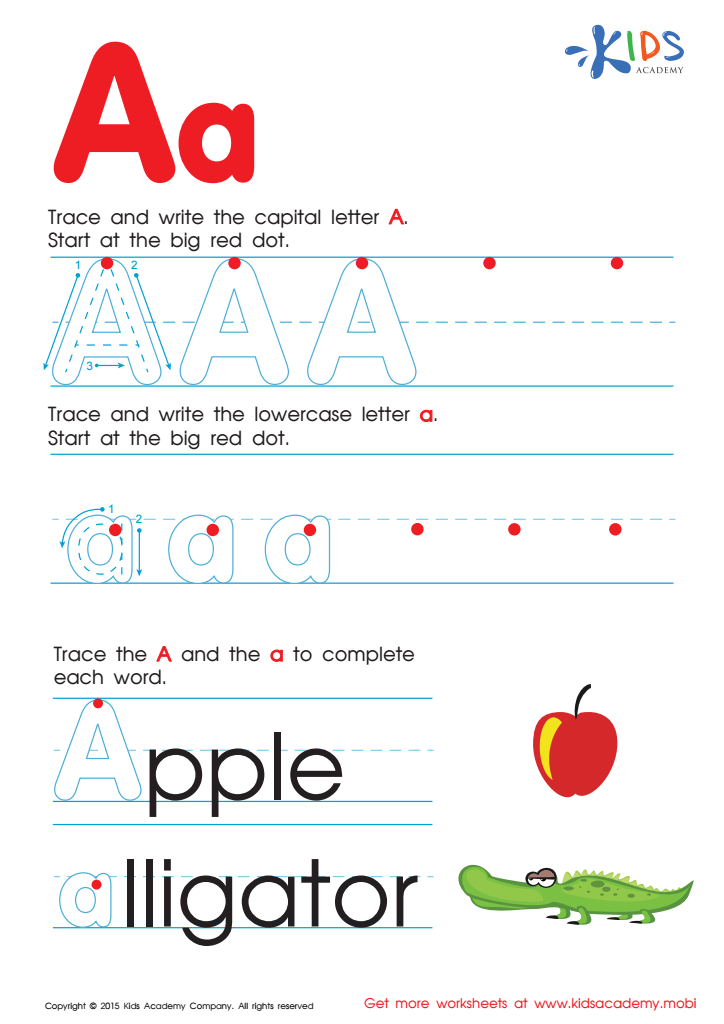

Letter A Tracing Page


Christmas Tree Tracing Winter Words Worksheet
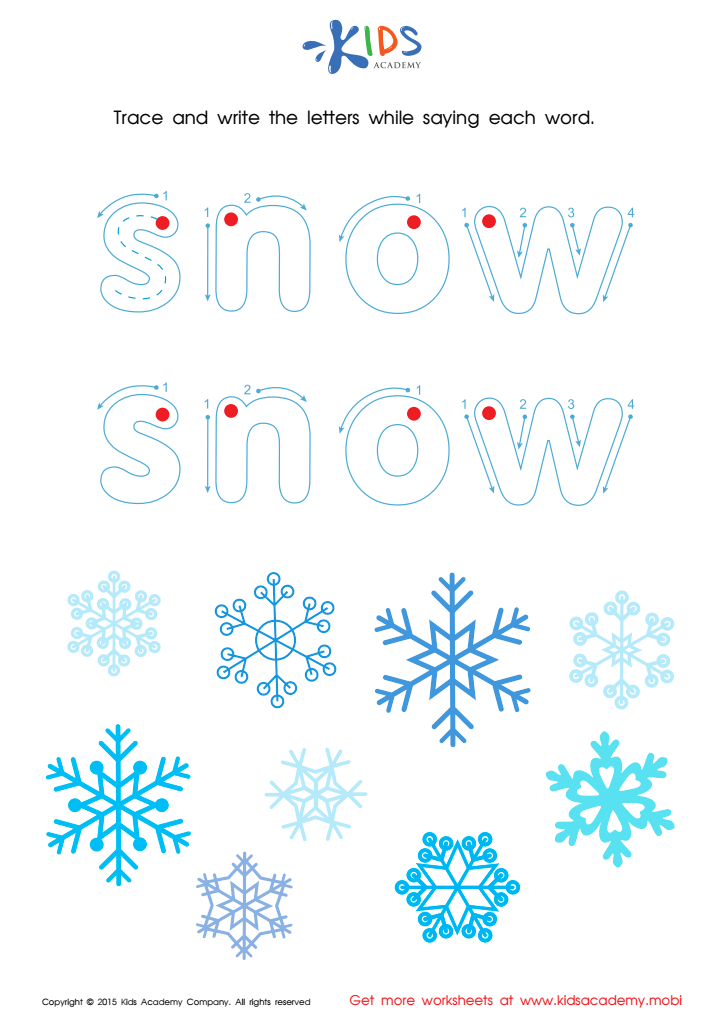

Snowflake Tracing Winter Words Worksheet
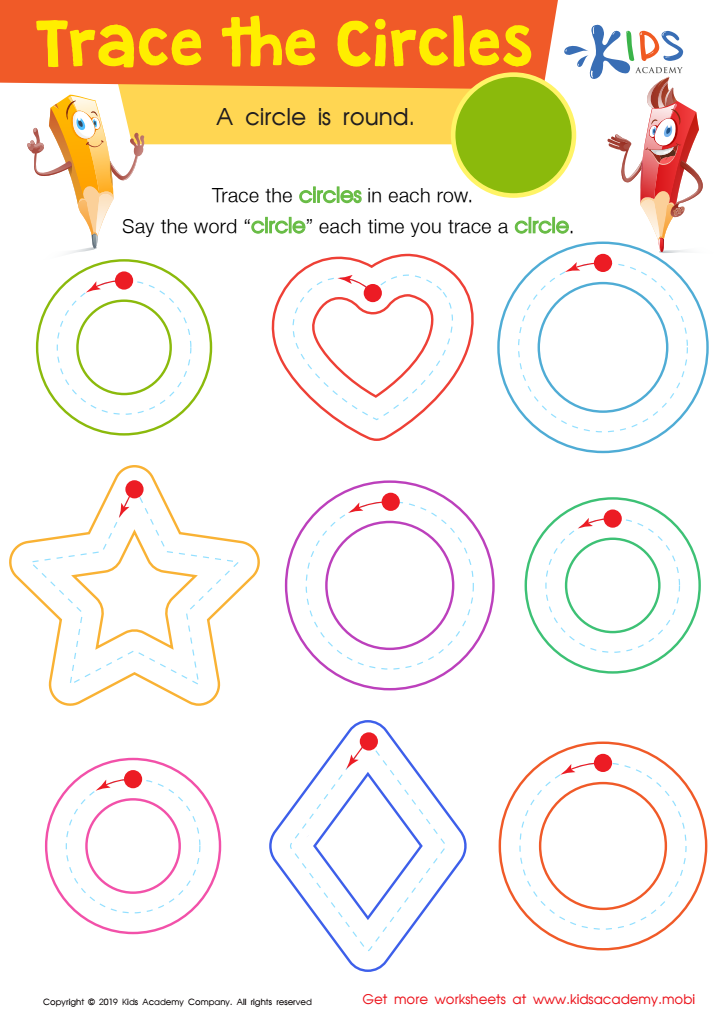

Trace The Circles Worksheet


Letter Z Tracing Page
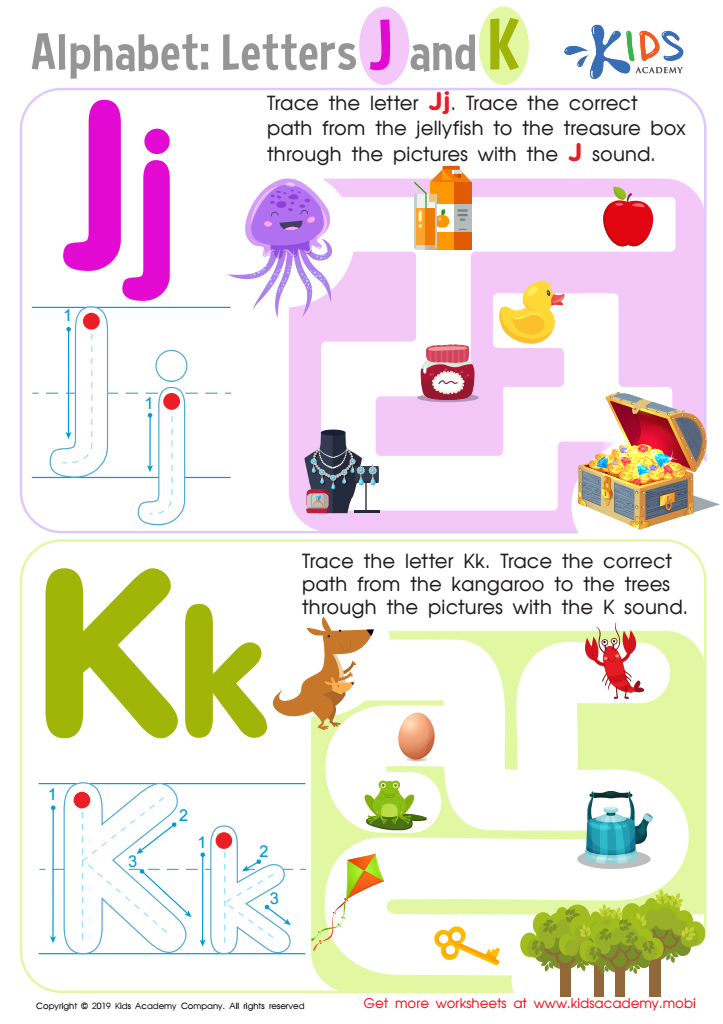

Letters J and K Tracing Worksheet
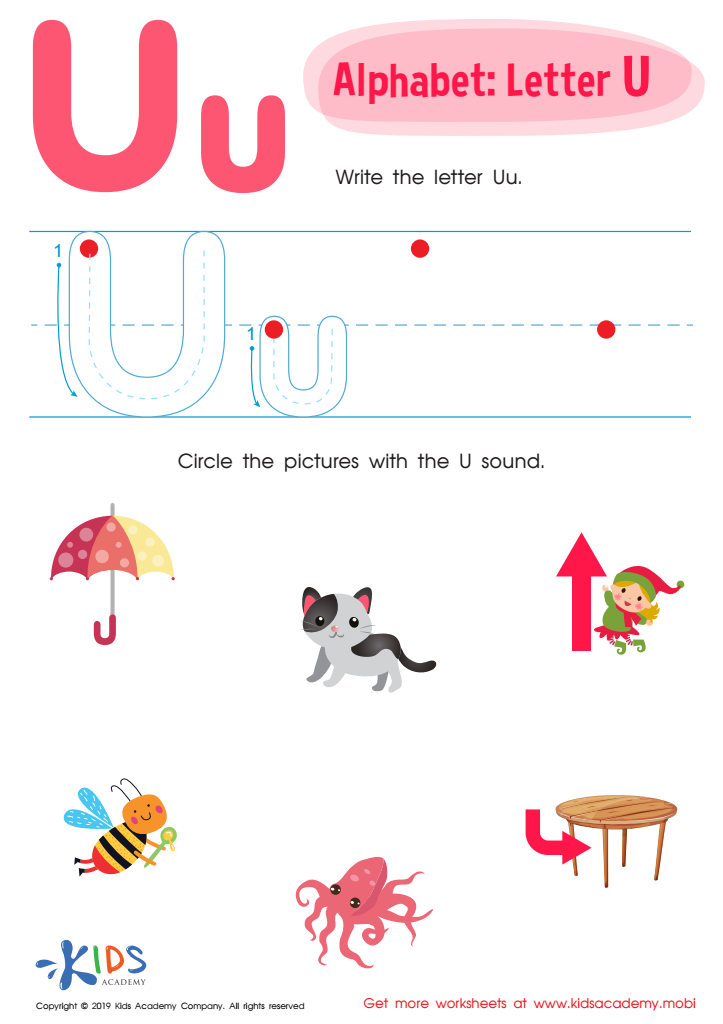

Letter U Tracing Worksheet
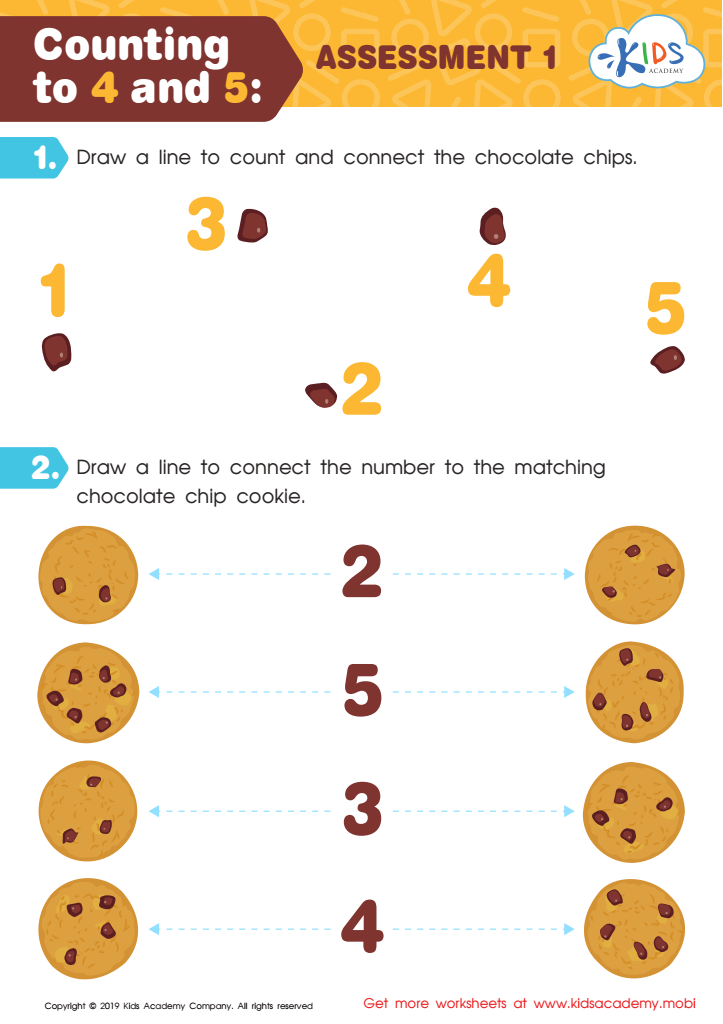

Counting to 4 and 5: Assessment 1 Worksheet
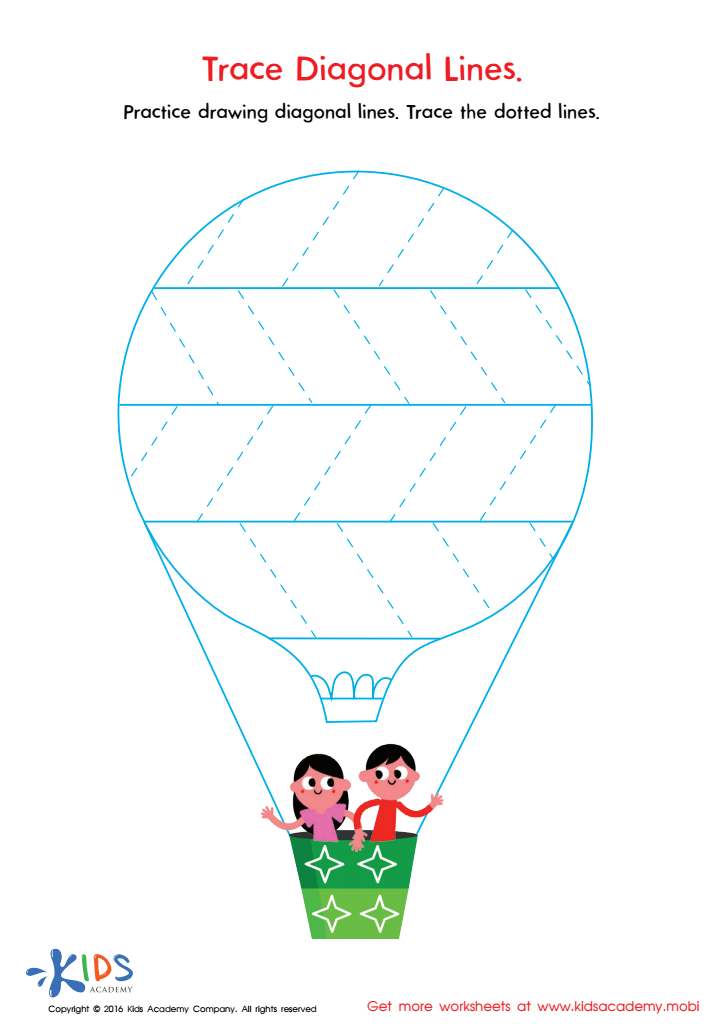

Trace Diagonal Lines Worksheet
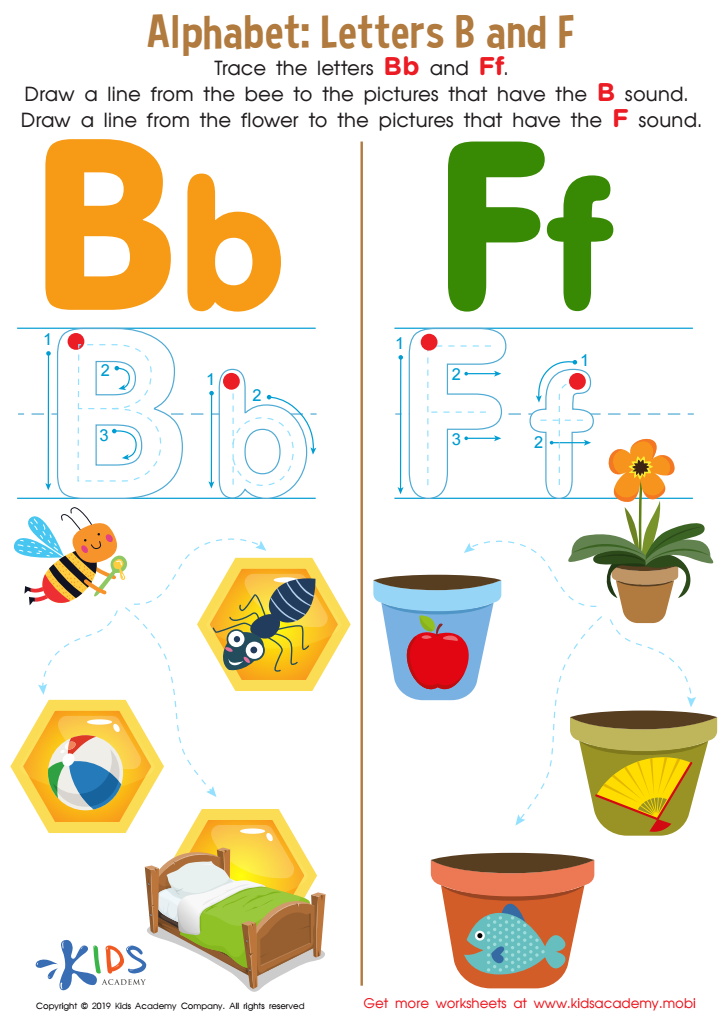

Letters B and F Tracing Worksheet
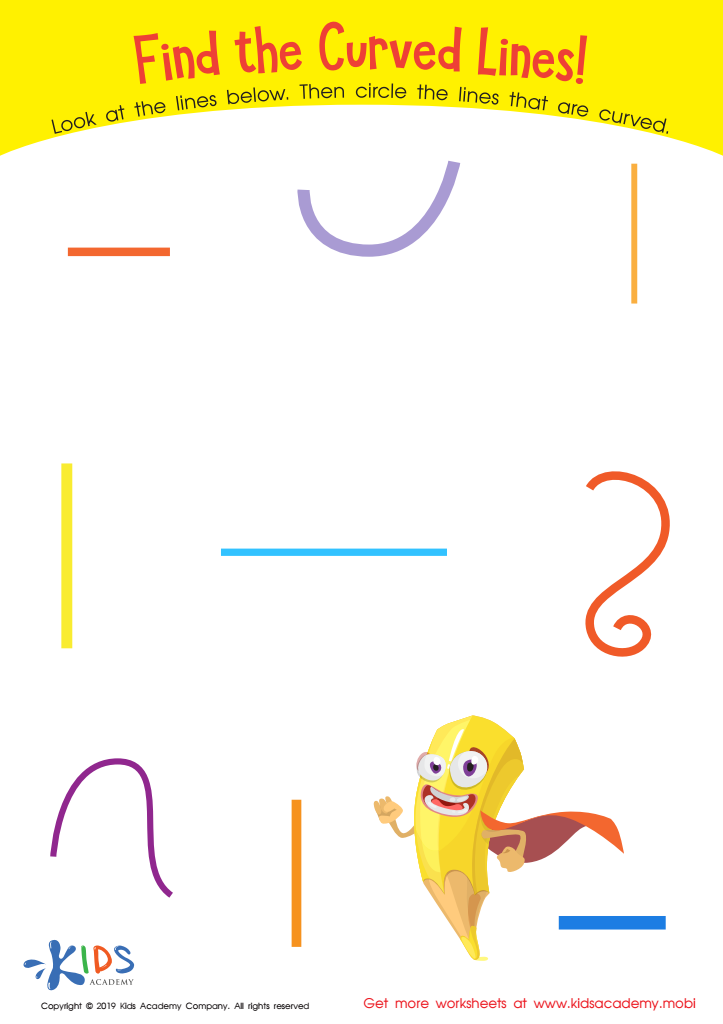

Find the Curved Lines! Worksheet
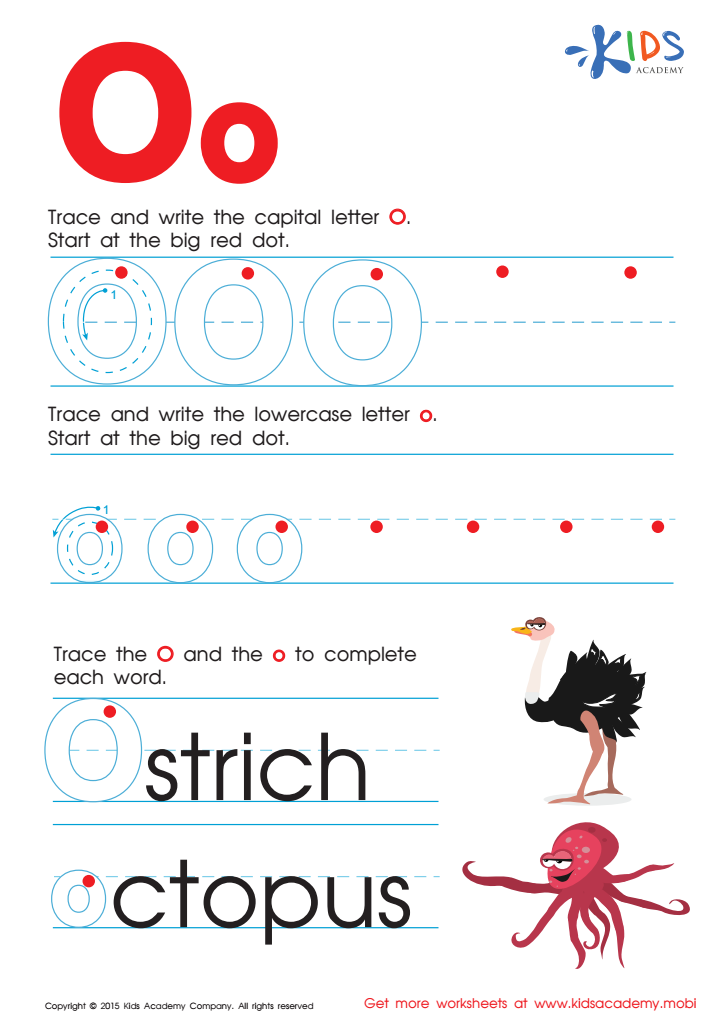

Letter O Tracing Page


Letter N and C Tracing Worksheet
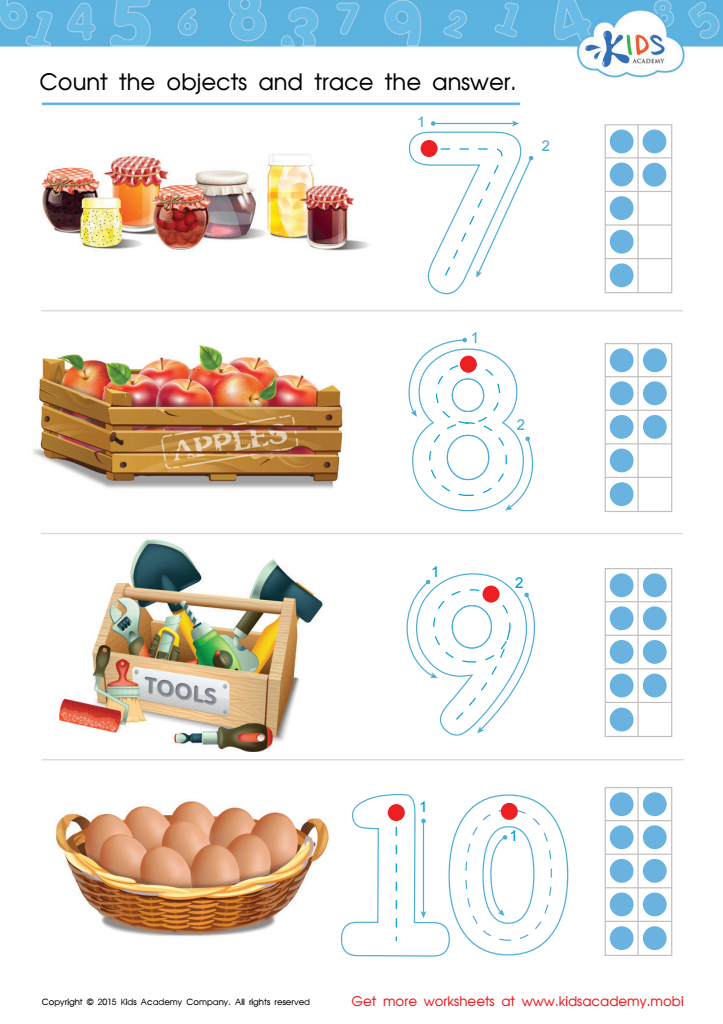

Count and Trace 7 – 10 Worksheet
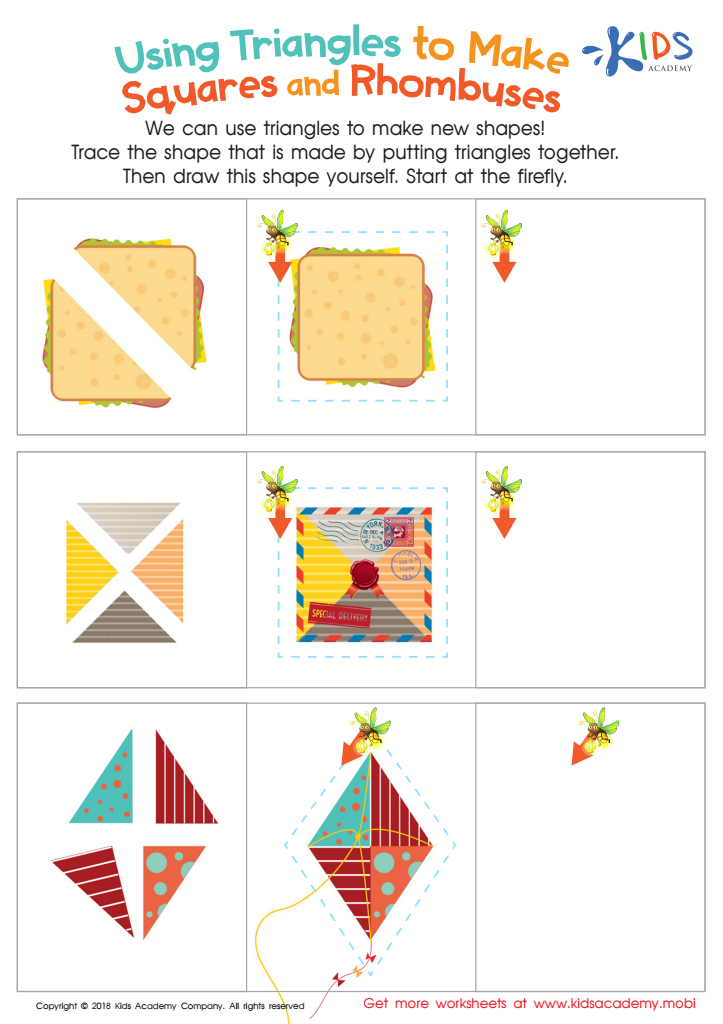

Using Triangles to Make Squares and Rhombuses Worksheet
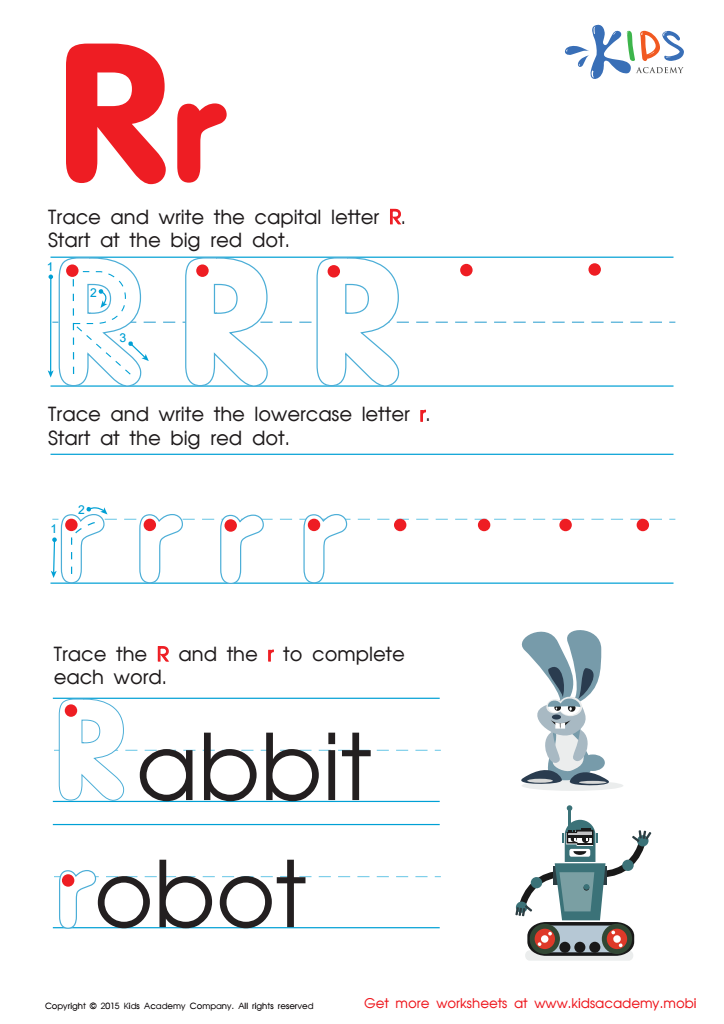

Letter R Tracing Page
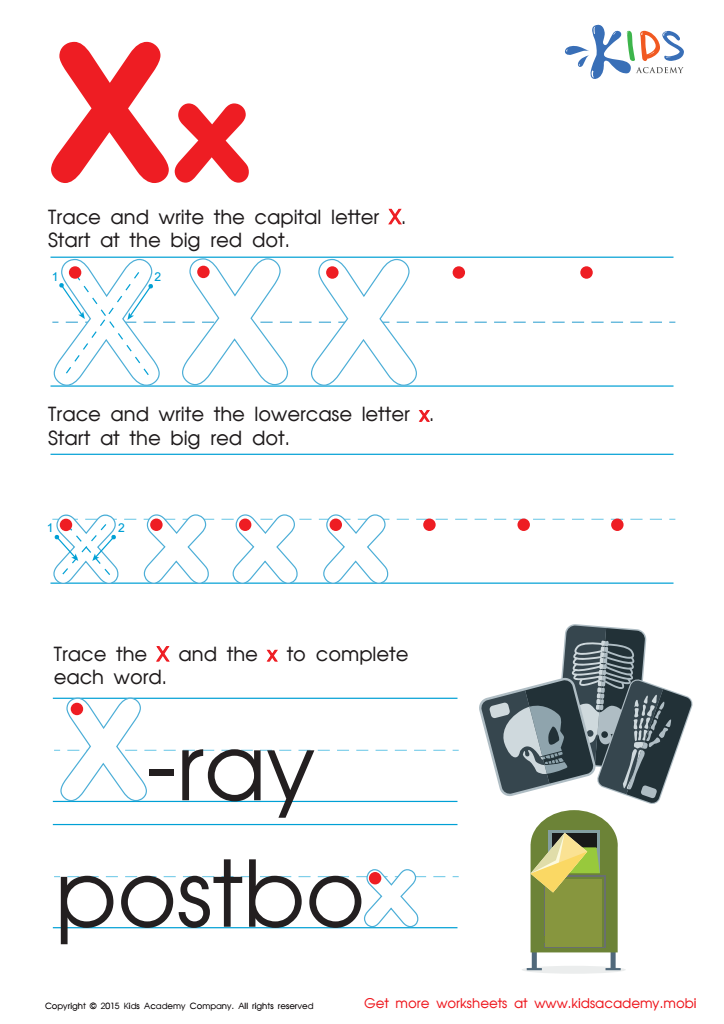

Letter X Tracing Page
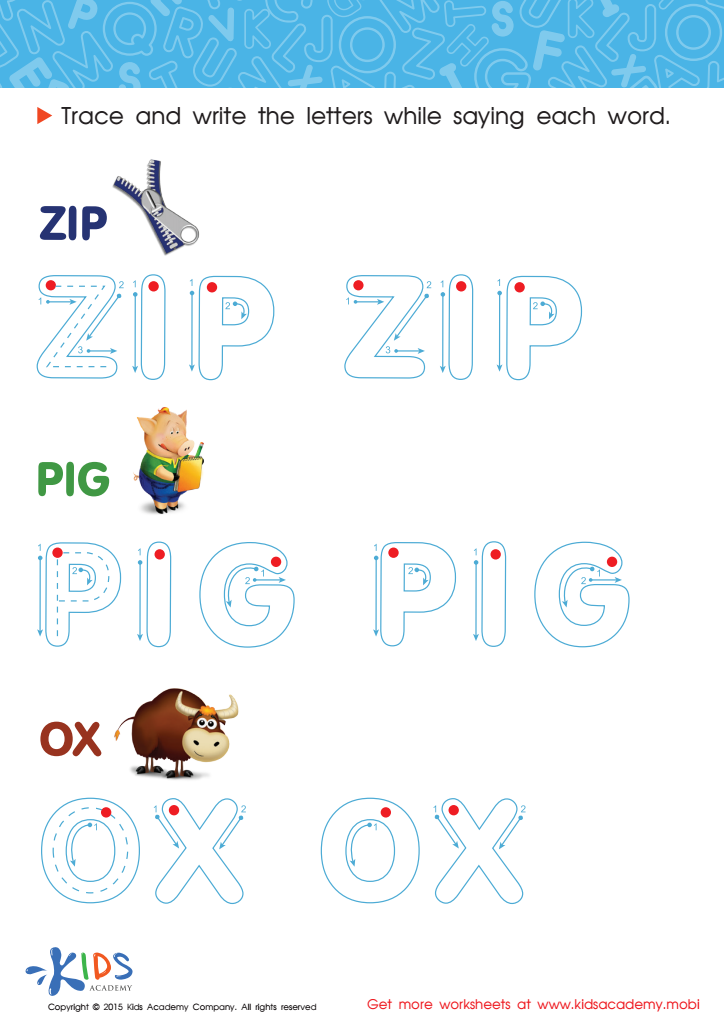

A Zip, a Pig and an Ox Spelling Worksheet
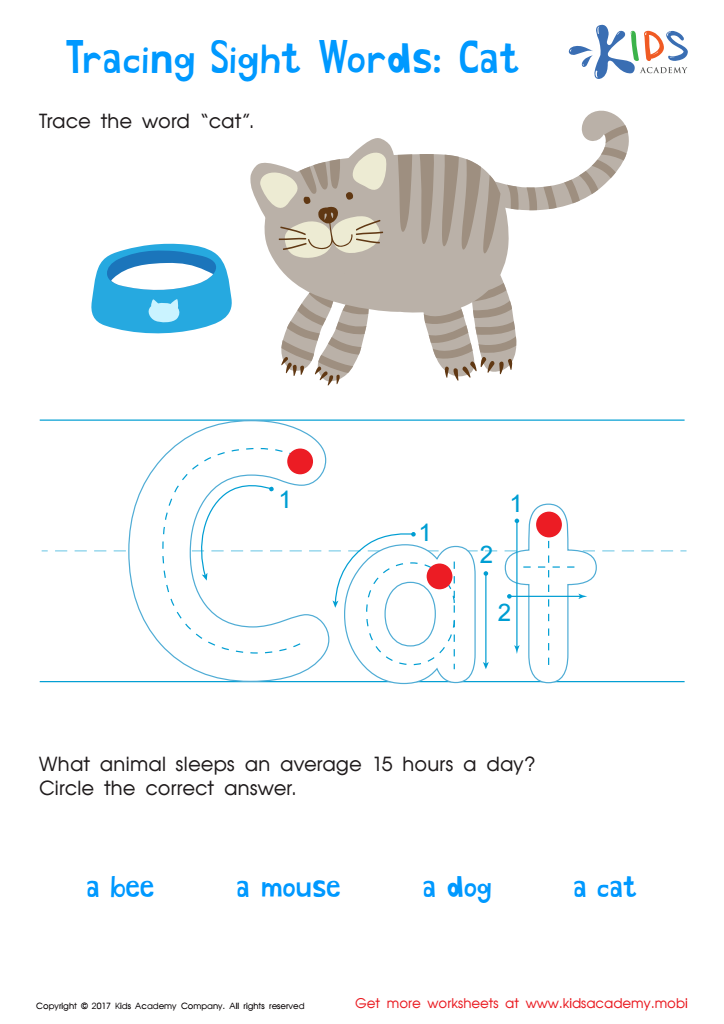

Cat Printable Sight Words Worksheet
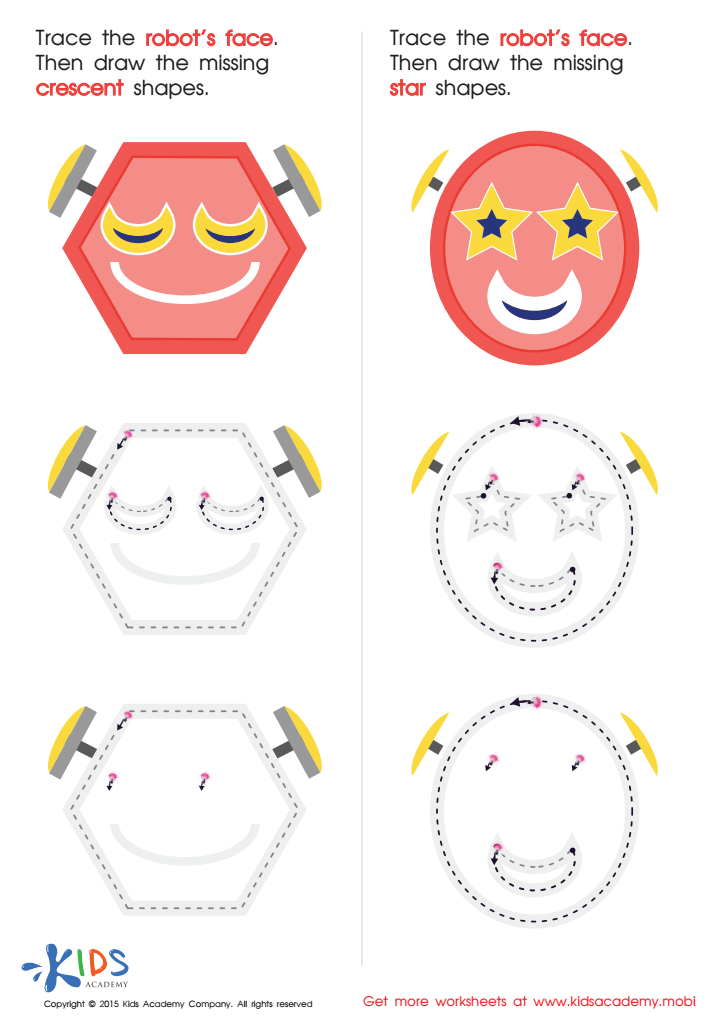

Composing a Robot's Face of Crescents And Stars Worksheet
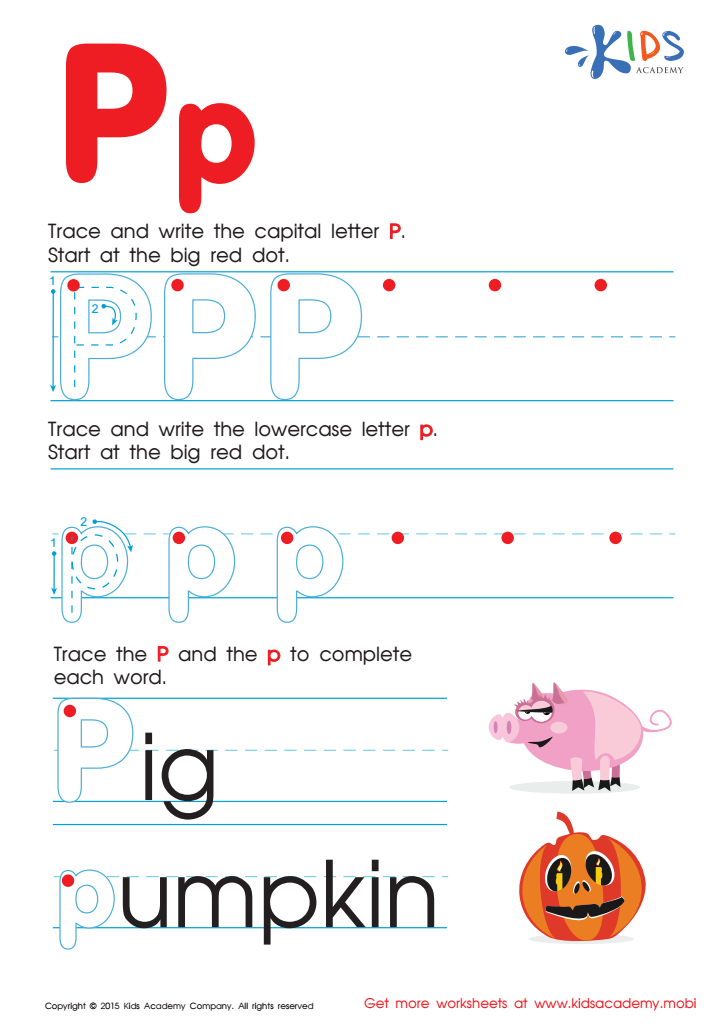

Letter P Tracing Page
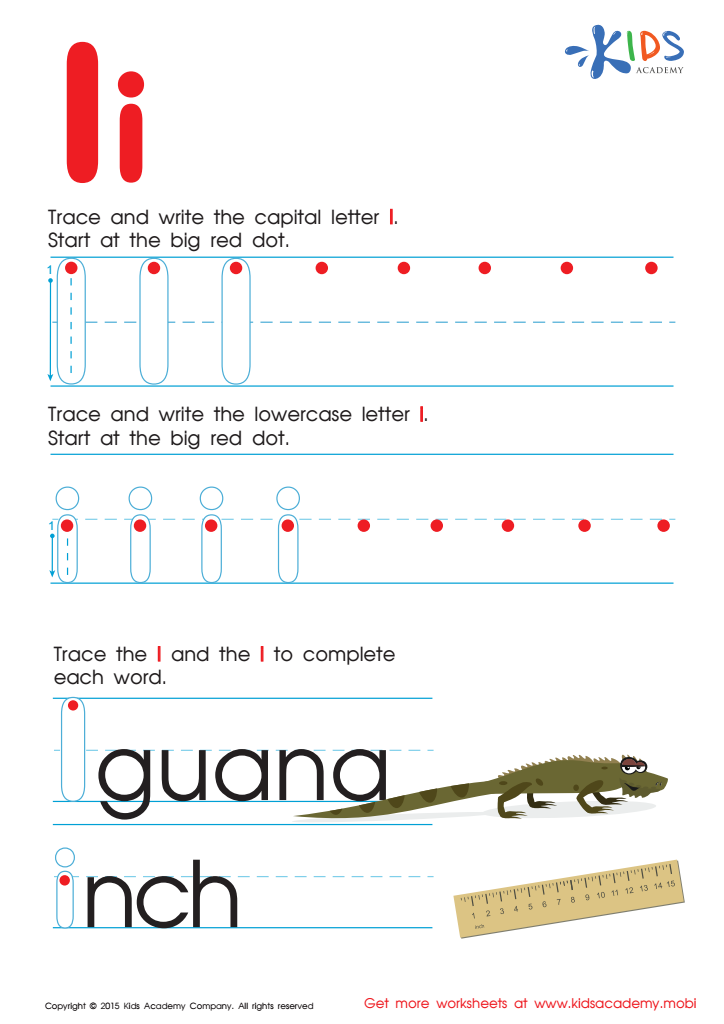

Letter I Tracing Page
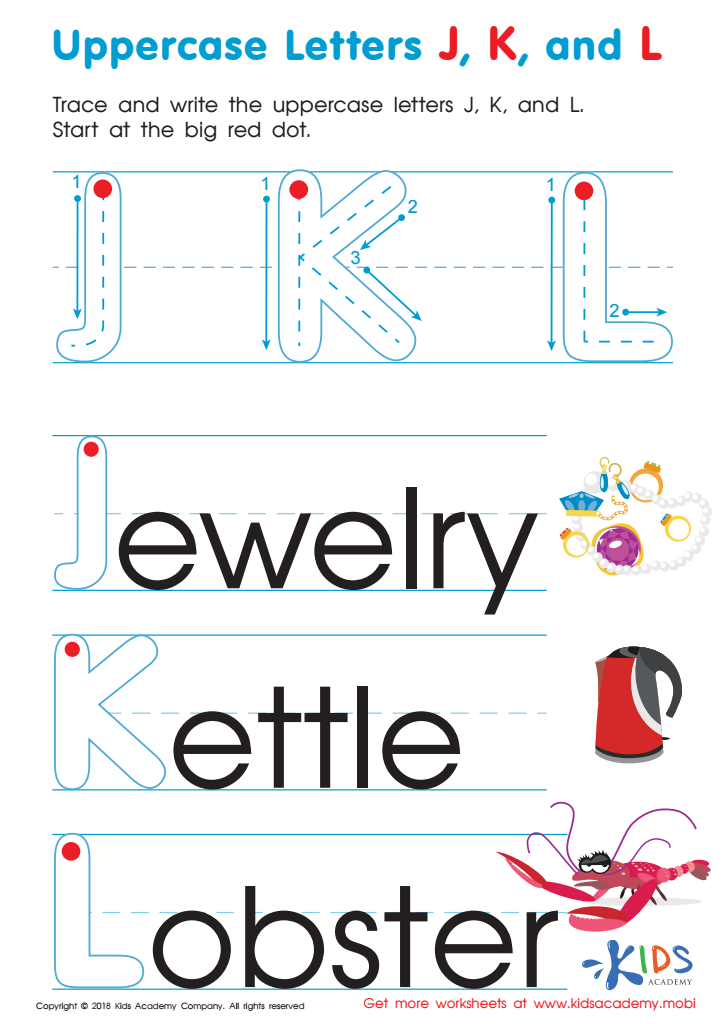

Uppercase Letters J, K, and L Worksheet
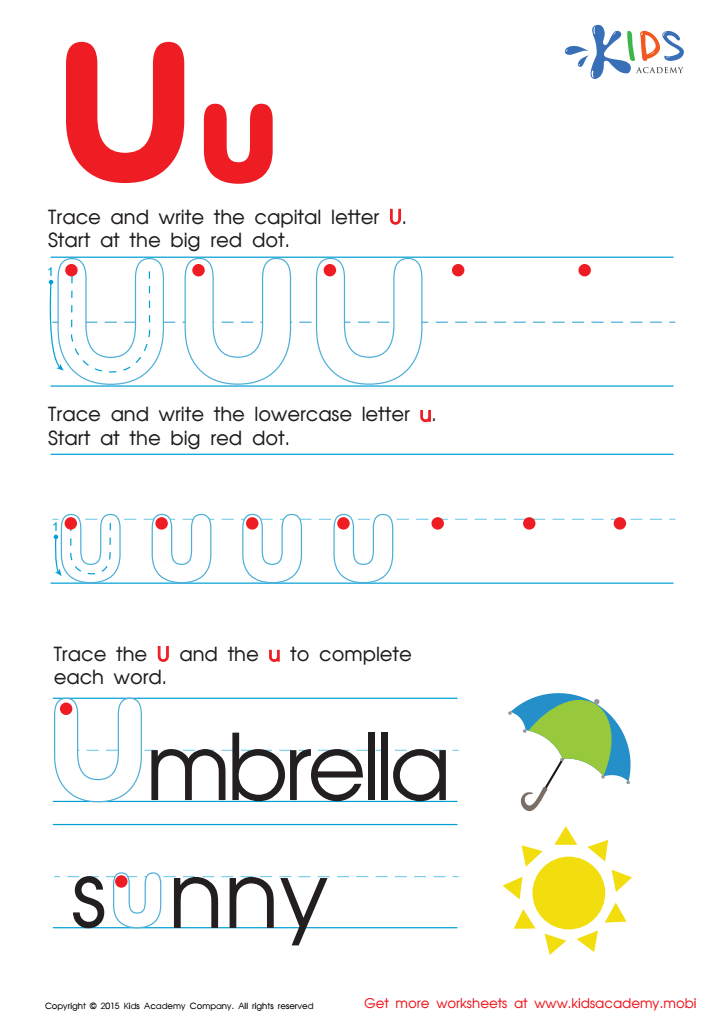

Letter U Tracing Page
Tracing activities for children aged 5-9 are essential for developing foundational skills crucial for their academic success and overall development. Firstly, tracing helps enhance fine motor skills, which are critical for tasks such as writing, drawing, and gripping tools. By repetitively following lines and shapes, children improve their hand-eye coordination and strengthen the small muscles in their hands.
Moreover, tracing activities often incorporate letters, numbers, and shapes, making them a fun and engaging way to develop literacy and numeracy skills. As children trace letters, they begin to recognize their shapes, develop phonemic awareness, and learn proper writing techniques. This early exposure lays the groundwork for proficient reading and writing abilities.
Additionally, tracing enhances concentration and focus. The repetitive nature of these tasks encourages children to pay attention to detail, fostering a mindset conducive to learning. With answer keys often included, tracking progress becomes easier for both parents and teachers, making it a valuable assessment tool.
Ultimately, tracing activities not only support the cognitive and motor skill development of young learners but also offer an enjoyable way for them to engage with foundational academic concepts, ensuring a solid start in their educational journey. Parents and teachers should prioritize these activities as essential learning tools.

 Assign to My Students
Assign to My Students


